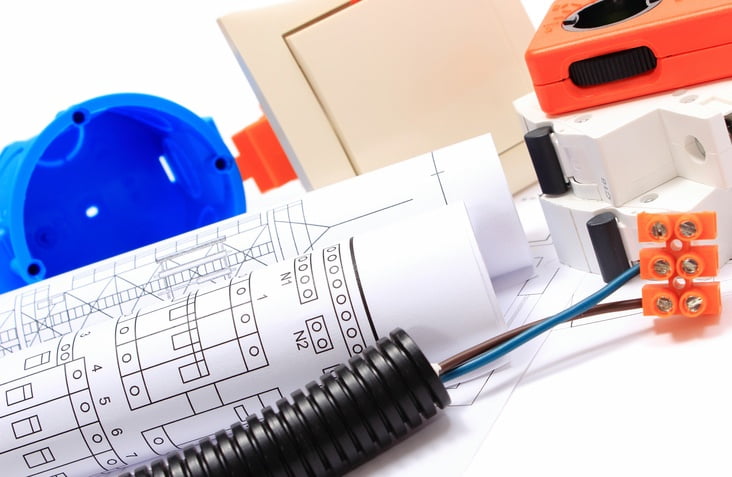7 Enclosure Cooling Tools You Can’t Live Without
 When choosing the proper enclosure cooling solution, there are many tools to use and options to choose from. Without the right information, it will be very difficult to design and implement a satisfactory solution.
When choosing the proper enclosure cooling solution, there are many tools to use and options to choose from. Without the right information, it will be very difficult to design and implement a satisfactory solution.
But what tools are the most valuable for planning enclosure cooling? The best tools include access to appropriate information to establish the enclosure’s heat load, relevant climate data, temperature measurement equipment, thermal calculations and last but not least, cooling solution catalogs to identify and select the most suitable solution. Here are seven places to look for your next project:
1. Electrical Equipment Manufacturers’ Catalogs
It may seem strange that electrical equipment manufacturers’ catalogs are considered vital, but without the information in the catalogs, it’s not possible to calculate the enclosure’s heat load. The information that’s of interest is the no-load energy consumption of the equipment in watts, and a good example is the power consumed by a contactor coil. The reason this information is required is that this power is ultimately converted into heat.
What’s also important is to identify all equipment that heats up as a consequence of transferring or converting power. A good illustration is a variable frequency drive that must consume some energy in order to convert mains frequency and voltage to a variable frequency and voltage. The energy consumed is obtained from calculating the difference between the input power and the output power as determined by the drive’s efficiency.
Other essential information required is the maximum operating temperature of each device to determine the highest temperature allowed inside the enclosure. Naturally it’s the maximum temperature of the device with the lowest rating that’s of interest, and common sense indicates the chosen enclosure temperature should be somewhat lower.
2. Climate Data
Climate data is necessary for outdoor applications, to be able to establish just how hot the ambient air is going to get. Its relevance is based on the fact that the enclosure’s temperature is largely dependent on the ambient temperature, especially if a cooling solution is chosen that removes heat and does not actively cool. But it’s also crucial because the efficiency of air conditioners is related to the ambient temperature. The best source of climate data is the local weather office.
3. Temperature Measuring Equipment
Once the enclosure is commissioned, it’s necessary to measure the enclosure’s temperature to verify the calculations and make sure the enclosure air temperature is appropriate. The most useful thermometer is a mercury thermometer or an electrical thermometer that employs a thermistor or thermocouple sensor. Non-contact infrared thermometers measure surface temperature, not air temperature.
4. NEMA Enclosure Guide
The NEMA Enclosure Types guide is vital for selecting the correct level of enclosure protection related to the environmental conditions in the enclosure’s location. This guide provides information on selecting the correct level of enclosure protection to suit the environmental conditions.
5. Enclosure Temperature Management Calculator
Once all the relevant information, such as heat load, climate data, enclosure size and internal temperature, has been assimilated, the next step is to calculate the required cooling capacity for the best cooling solution. Although it is relatively easy to convert the heat load into BTU/H by multiplying the watts by 3.412, this simple calculation does not take into account external effects such as solar radiation and heat loss through the walls of the enclosure. An air conditioner selected on this basis could easily be the wrong size. Similarly, manual calculations to determine the size of cooling fans may give erroneous results.
The most effective method of establishing the type and size of enclosure cooling is an online Enclosure Temperature Management Calculator that takes these and other factors into account. It is a fast and accurate means to establish which cooling solutions will work and their required capacity.
6. Cooling Equipment Catalogs
The last step is to select the cooling solution that is best for the particular enclosure. To do this, it’s necessary to consult the cooling equipment suppliers’ on-line catalogs. These provide details such as the physical size, cooling capabilities and optional equipment that may be needed.
7. Getting More Information
These seven tools are all that’s required to size and select the right enclosure cooling solution. However, if more information and guidance is needed, there are a number of technical white papers which can be consulted to provide answers to common questions and our Sales Team are always at hand to provide additional expertise.

